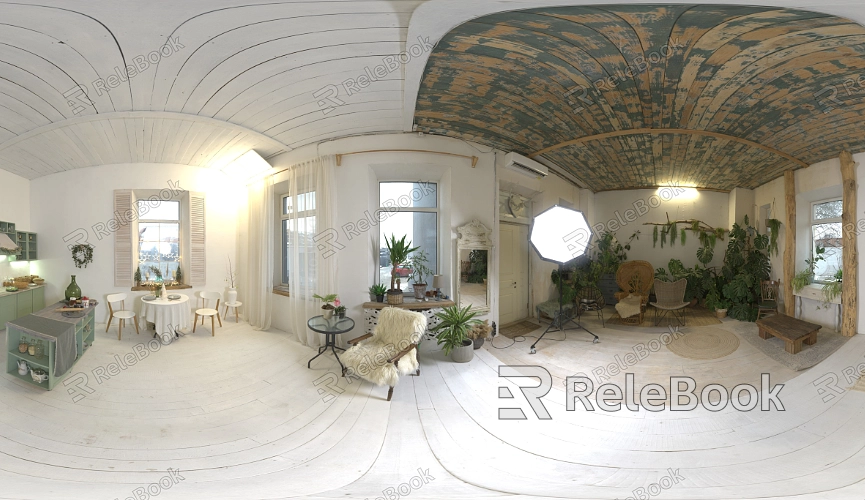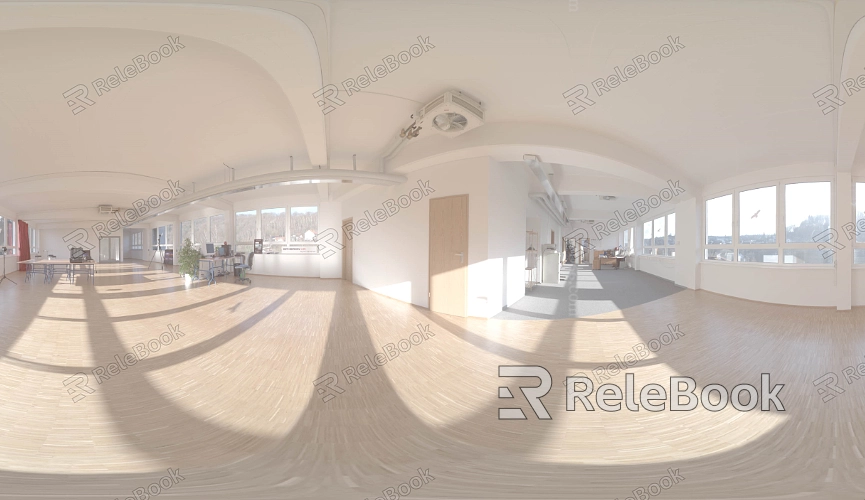Unity HDR Textures Not Displaying Correctly
In game development and architectural visualization, HDR textures are often used to enhance lighting and reflections. However, many designers encounter issues where HDR textures don't display correctly in Unity projects. These problems can lead to distorted rendering, unnatural lighting in scenes, and overall impact on the visual experience. This article will explore common solutions to fix HDR texture display issues in Unity, helping you optimize HDR effects in your projects.

1. Check Texture Import Settings
The first step when HDR textures aren’t displaying correctly in Unity is to check the import settings.
Verify File Format: Make sure the HDR texture file is in a format supported by Unity, such as HDR or EXR. If the file format is incorrect, it could result in abnormal or distorted texture display.
Adjust Texture Type: When importing HDR textures, open the Inspector panel and ensure the texture type is set to "HDR." Additionally, check whether the "sRGB" option is correctly enabled or disabled, as this affects the color space display of the texture.
Review Compression Settings: The compression format of HDR textures can also impact their display. Try using lossless compression or high-quality settings to ensure that critical details are not lost during display.
2. Optimize Rendering Settings
HDR texture display issues can often stem from improper rendering settings within the Unity project.
Check Color Space: In Unity's "Player Settings," make sure the project’s color space is set to “Linear.” Linear color space better represents the high dynamic range of HDR textures. If the project is set to Gamma space, it may cause distortion in HDR texture display.
Adjust Lighting Settings: In the Lighting panel, ensure that the environmental lighting and global illumination settings match the HDR texture. If the lighting settings are not properly configured, the HDR texture's effect may not be fully realized.
Apply HDR Post-Processing: To enhance the effects of HDR textures, consider adding post-processing effects to the scene, such as tone mapping or exposure adjustment. These effects can balance the brightness and contrast of HDR textures, making them appear more natural under varying lighting conditions.

3. Material and Shader Compatibility
HDR texture display problems may also be related to material and shader compatibility.
Use the Right Material: Ensure that HDR textures are applied to materials that support HDR. Unity’s Standard Shader typically handles HDR textures well, but if you’re using a custom shader, you might need to check the shader code to ensure it processes HDR data correctly.
Check Shader Settings: If you encounter HDR texture issues with custom shaders, it may be necessary to review the lighting model and reflection handling in the shader. Ensure that the shader correctly computes the brightness and color information of the HDR texture to avoid overexposure or color distortion.
4. Hardware and Performance Optimization
Even with correct settings, HDR textures may still be affected by hardware limitations or performance issues during display.
Verify Graphics Card Support: Ensure that the device and graphics card running the project support HDR rendering. If the hardware doesn’t support it, HDR textures might be downgraded, resulting in subpar effects.
Optimize Texture Resolution: High-resolution HDR textures consume more memory and processing resources. If they aren’t displaying correctly, try reducing the texture resolution or using Mipmaps to optimize performance. This approach helps retain visual quality while easing the load on hardware.
Dynamic Loading and Unloading: In complex scenes, you can optimize performance by dynamically loading and unloading HDR textures. This method prevents overloading the system with too many high-resolution HDR textures at once, which could lead to display issues.
Applying HDR textures in Unity can significantly enhance the visual quality of your scenes, but incorrect display issues can impact the final outcome. By checking texture import settings, optimizing rendering options, ensuring material and shader compatibility, and performing necessary hardware and performance optimizations, you can effectively resolve these issues and ensure that HDR textures display correctly in Unity.
If you’re looking for high-quality HDR images, 3D textures, SketchUp models, or 3ds Max models to create stunning models and virtual scenes, Relebook offers a wealth of resources to help you achieve exceptional visual effects in your projects.

